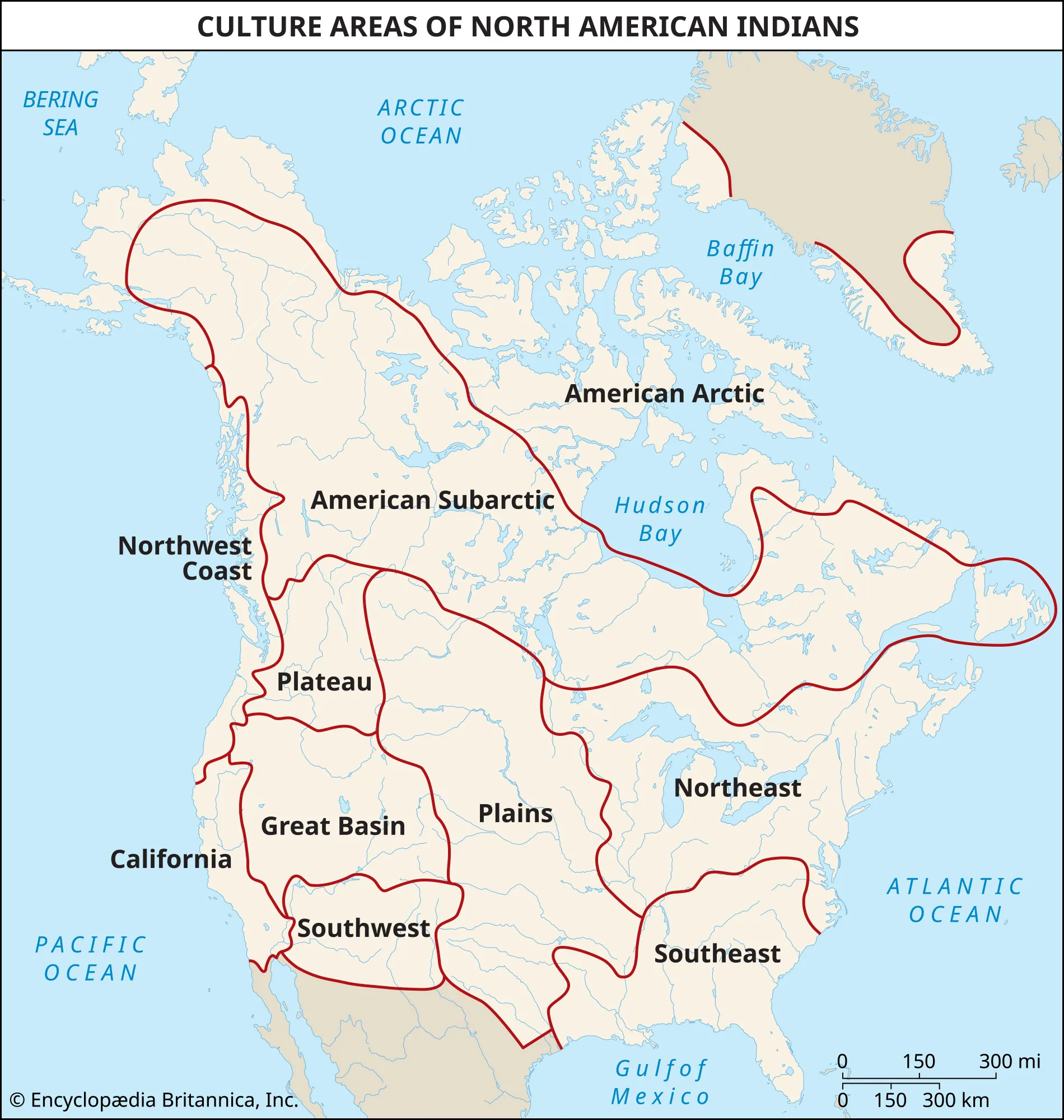As LEW HUB evolves into a premier incubator for defense-related and high-tech startups in Bucharest, Romania, a critical decision arises: whether to build a new, purpose-designed facility or rent an existing one. This choice is pivotal for achieving ORNISS Level 4 approval, implementing tempestisation (TEMPEST compliance), and securing funding from the European Defence Fund (EDF) and NATO programs. Building anew offers superior long-term advantages in security, scalability, and investment returns, positioning LEW HUB as a defense innovation leader in Central and Eastern Europe (CEE). Below, we detail the argumentation, drawing on regulatory requirements, technical standards, and funding opportunities to highlight why constructing a new facility aligns with investor interests in high-growth, secure ecosystems.
Security Compliance: Tailored Design for ORNISS Level 4 and TEMPEST Standards
ORNISS (Romania’s National Registry Office for Classified Information) Level 4 approval mandates stringent physical, procedural, and technical safeguards for handling highly classified information, as outlined in national standards under Law no. 182/2002. This includes Facility Security Clearance (FSC), which assesses a site’s ability to protect classified data through administrative determinations by national security authorities. For new facilities, physical security requirements—such as reinforced perimeters, access controls, and shielding—can be integrated from the outset, ensuring compliance without costly modifications.
Tempestisation, based on TEMPEST standards, requires electromagnetic shielding to prevent eavesdropping via unintended emissions from equipment. This involves building-wide measures like Faraday cages, equipment spacing from walls, and specialized grounding to minimize radiation leakage. Retrofitting an existing rented space for TEMPEST compliance often demands extensive renovations, such as installing shielding materials or redesigning layouts, which can exceed 30-50% of construction costs and may not be feasible due to landlord restrictions or structural limitations.
|
Aspect
|
Building New Facility
|
Renting Existing Facility
|
|---|---|---|
|
ORNISS Level 4 Integration
|
Custom design allows seamless incorporation of FSC requirements, e.g., secure zones and monitoring systems, reducing approval timelines to 6-12 months.
|
Retrofits may delay approval by 1-2 years due to audits and modifications; non-compliance risks denial.
|
|
Tempestisation Feasibility
|
Ground-up shielding (e.g., full-building Faraday enclosures) ensures Zone 1-3 compliance levels, with RF shielding effectiveness tested at construction.
|
Partial shielding in rented spaces often fails full TEMPEST certification, leading to vulnerabilities and higher ongoing testing costs.
|
|
Overall Compliance Risk
|
Low: Full control over materials and design minimizes risks, ideal for partnerships with the Romanian Military Technical Academy.
|
High: Lease terms may prohibit alterations, exposing tenants to breaches and fines under ORNISS regulations.
|
Investment Appeal: A new build guarantees compliance, attracting defense startups and yielding premium rental rates (20-30% higher) from secure tenants. Renting risks non-renewable leases if compliance fails, eroding investor confidence.
Funding Opportunities: Leveraging EDF and NATO for Capital Efficiency
The European Defence Fund (EDF), with a €8 billion budget for 2021-2027, funds collaborative defense R&D, including secure facilities if tied to innovation projects. Eligibility requires consortia of at least three EU/associated countries, with Romania fully qualified as an EU member. Applications, submitted via the EU Funding & Tenders Portal, prioritize projects enhancing EU defense capabilities, such as big-data infrastructure for high-performance computing—aligning with LEW HUB’s focus. New construction can be embedded in EDF proposals as capital expenditure for R&D facilities, potentially covering 50-100% of costs for research actions.
NATO funding, including the €1 billion NATO Innovation Fund (NIF) and Defence Innovation Accelerator for the North Atlantic (DIANA), supports dual-use technologies in member states like Romania. The Science for Peace and Security (SPS) Programme offers grants for civil security activities, including facility development for innovation hubs. Romania’s strategic position enables access to these, with DIANA selecting companies from 20+ NATO countries for accelerators in 2025. Building new facilitates tailored proposals, such as secure labs for AI or cyber defense, unlocking equity-free funding and partnerships.
|
Aspect
|
Building New Facility
|
Renting Existing Facility
|
|---|---|---|
|
EDF Application Strength
|
New builds qualify as eligible infrastructure in consortia projects, with Romania’s defense sector growth (15% annual) boosting success rates. Deadlines for 2025 calls allow integration of construction plans.
|
Renting limits scope to operational costs; landlords may complicate consortium agreements, reducing eligibility.
|
|
NATO Funding Alignment
|
Custom facilities attract NIF/DIANA investments for innovation centers, with Romania hosting AI ecosystems. Up to €5.3 billion in NATO budgets for 2026 supports such builds.
|
Existing spaces may not meet NATO’s security thresholds, hindering grants for R&D facilities.
|
|
ROI from Funding
|
Potential 40-60% cost offset via grants, turning upfront investment into appreciating assets.
|
Lower funding access leads to higher out-of-pocket expenses and missed synergies.
|
Investment Appeal: Building new maximizes funding leverage, potentially offsetting 50%+ of costs through EDF/NATO, while creating an owned asset with 10-15% annual appreciation in Romania’s booming economy. Renting offers short-term savings but caps scalability and exposes investors to lease escalations.
Operational and Economic Advantages: Long-Term Value Creation
Building new ensures full ownership, enabling customization for LEW HUB’s 950m² research infrastructure, renewable energy integration, and partnerships with universities and the military. Romania’s building permits for new properties allow swift execution, with costs 40-60% lower than Western Europe. In contrast, renting risks dependency on landlords for maintenance, limiting expansions and exposing to market volatility.
While initial costs for a new build (estimated €5-10 million for a secure 5-floor facility) exceed renting (€500k-€1M annually), the payback period is 5-7 years through funding, occupancy revenues, and IP from R&D. This positions LEW HUB for global impact, with Romania’s EU-fastest growth amplifying returns.
In summary, building a new facility outperforms renting by embedding ORNISS Level 4 and TEMPEST compliance, unlocking EDF and NATO funding, and delivering sustained investor value. Contact us at lew.am to discuss how this strategy can drive your portfolio’s defense-tech exposure.
Discover more from LEW.AM Asset Management
Subscribe to get the latest posts sent to your email.



